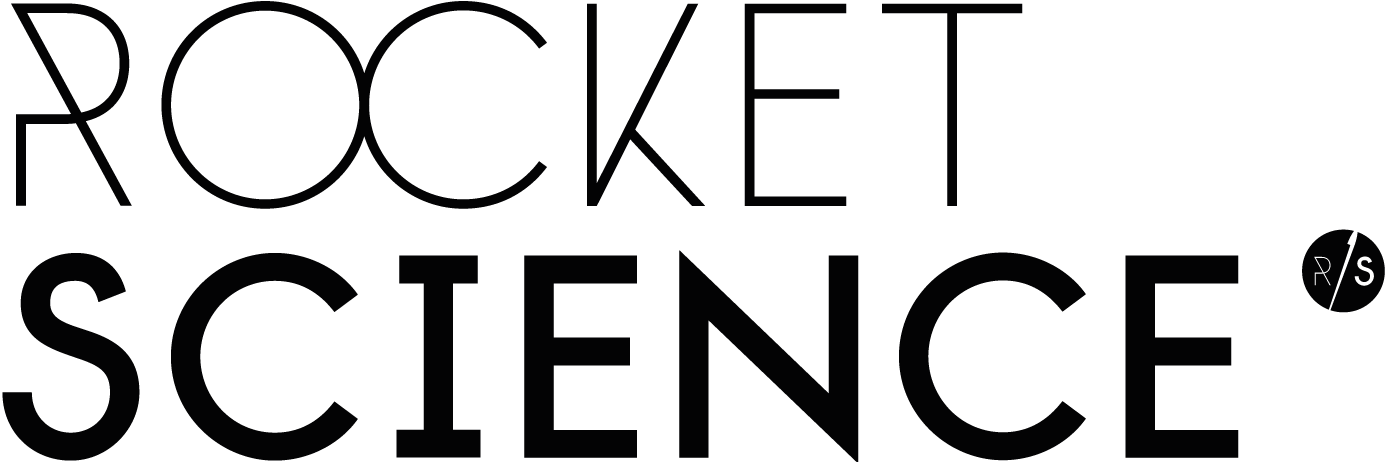Our Team
„Men [and women] wanted for hazardous journey. Low wages, bitter cold, long hours of complete darkness. Safe return doubtful. Honour and recognition in event of success.“
Sir Ernest Henry Shakleton (1874 – 1922) was a polar explorer who led three British expeditions to the Antarctic. Don’t worry, we won’t send you to the Antarctic. Yet a Rocket Scientist needs the spirit of an explorer, someone with a relentless appetite and drive to succeed.
We have a restless drive to understand. Until the problem is known and fully understood, we don’t start working on solutions but keep asking those (annoying) questions. This is our philosophy.
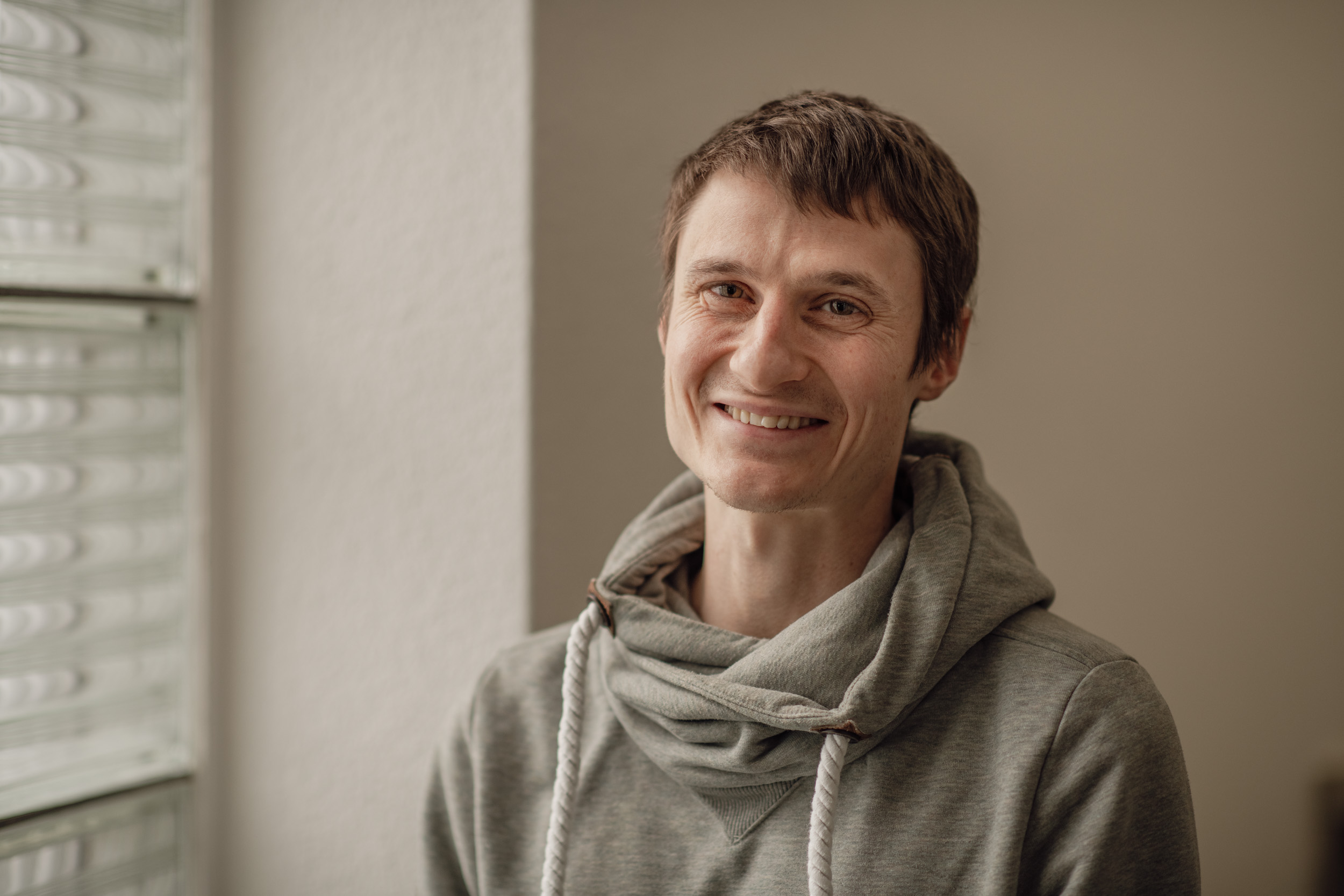
teaching AI to catch that elusive free lunch
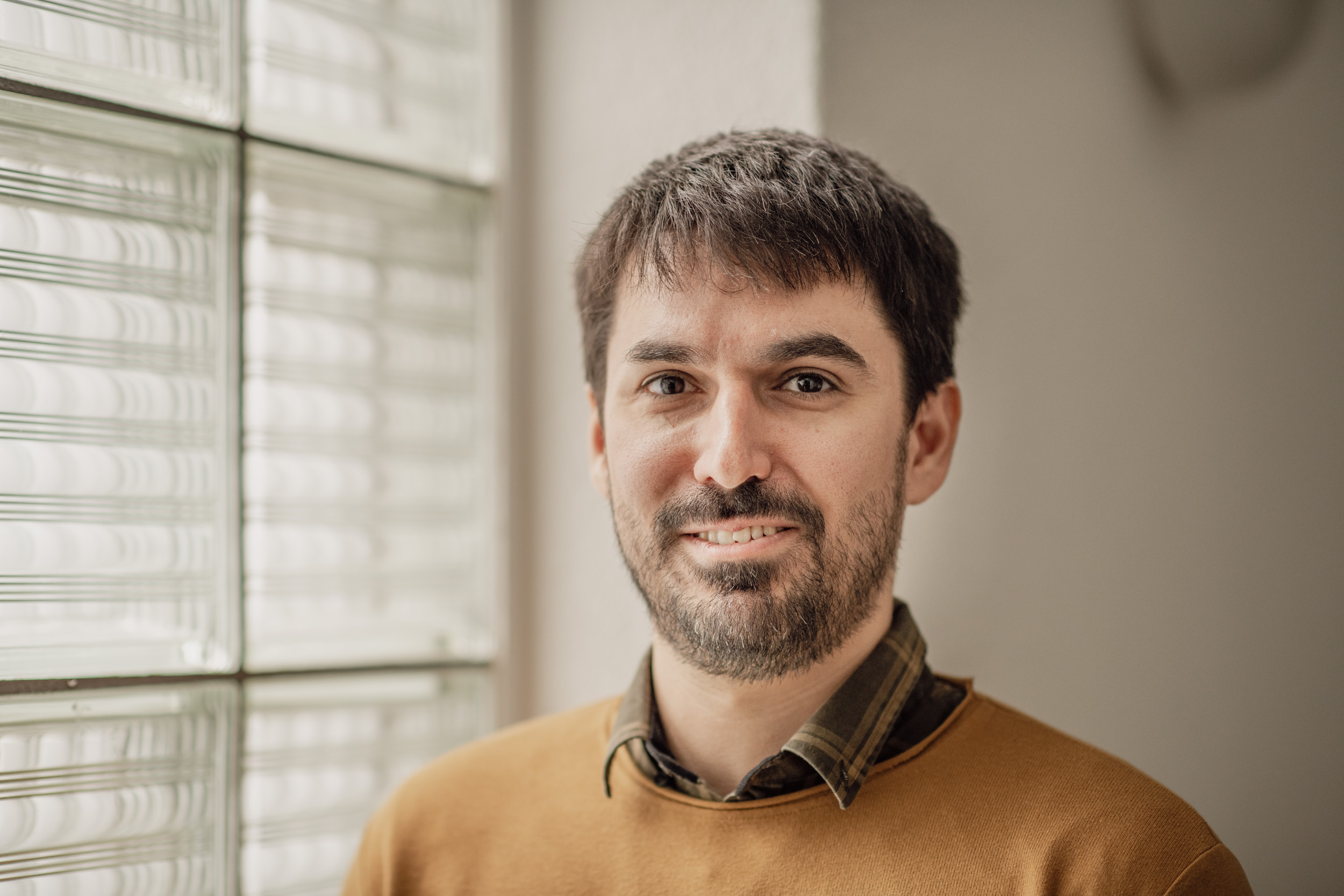
mixes code and math, and keeps it real
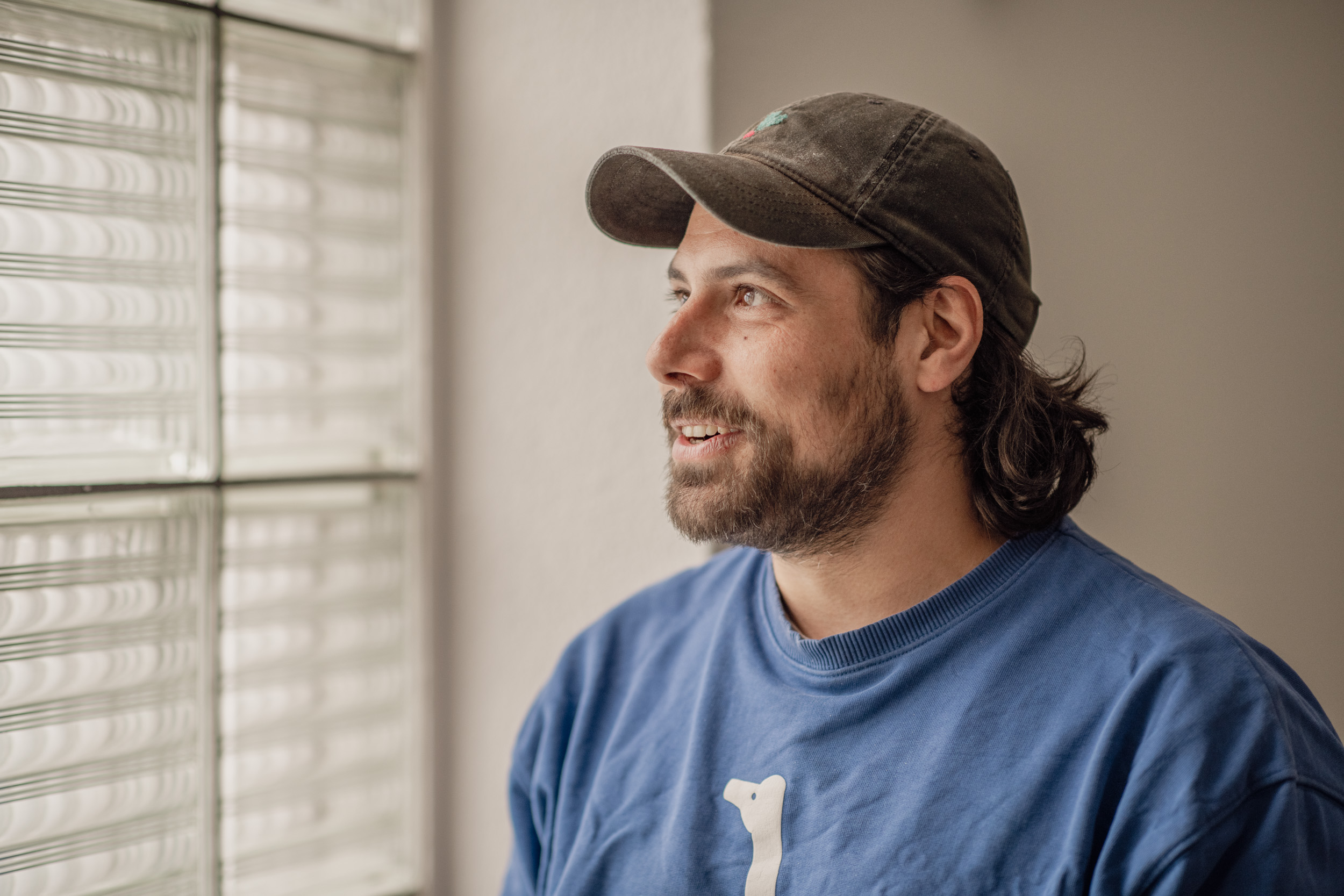
designs computer chips in his spare time
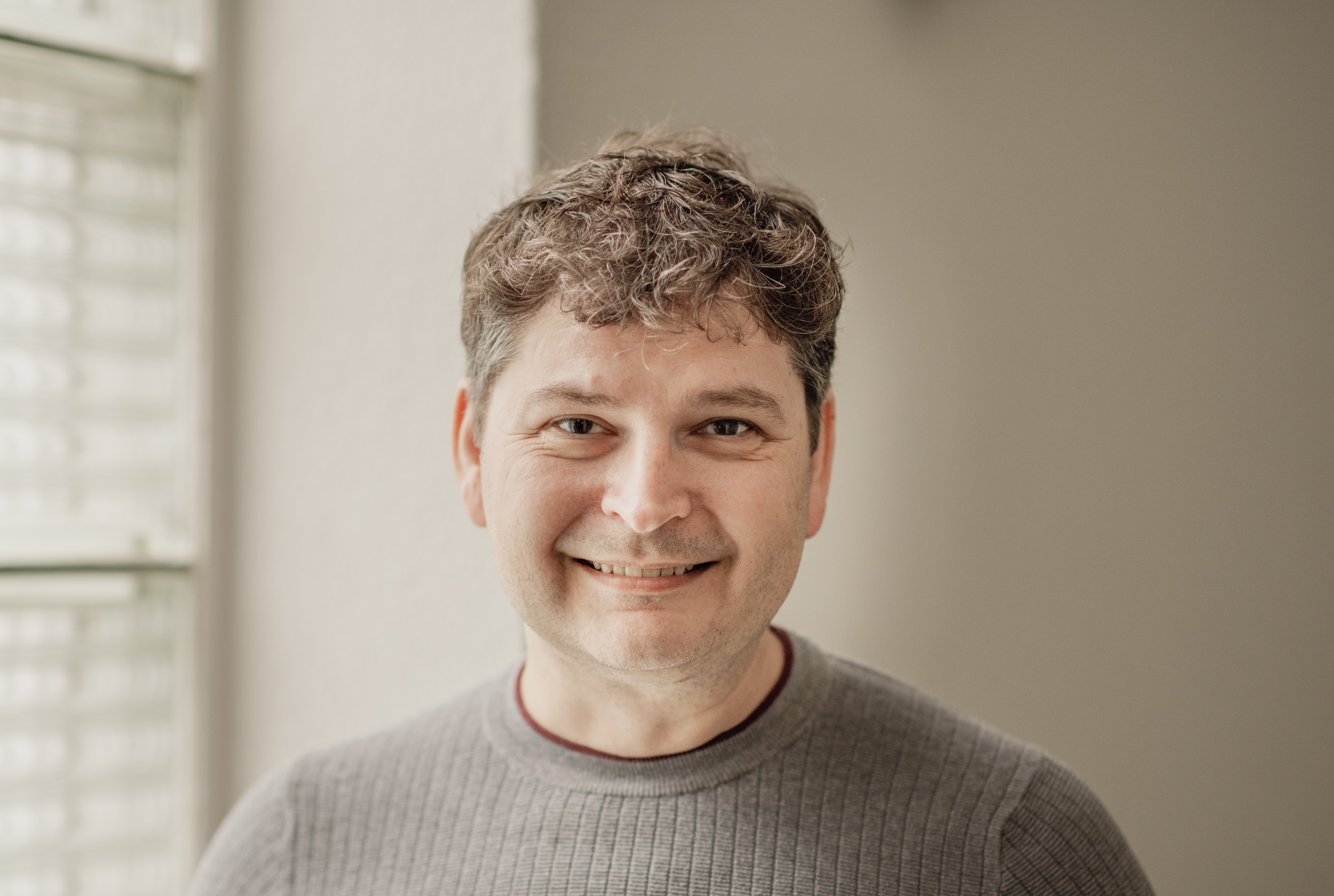
will totally hold a TED talk on coffee
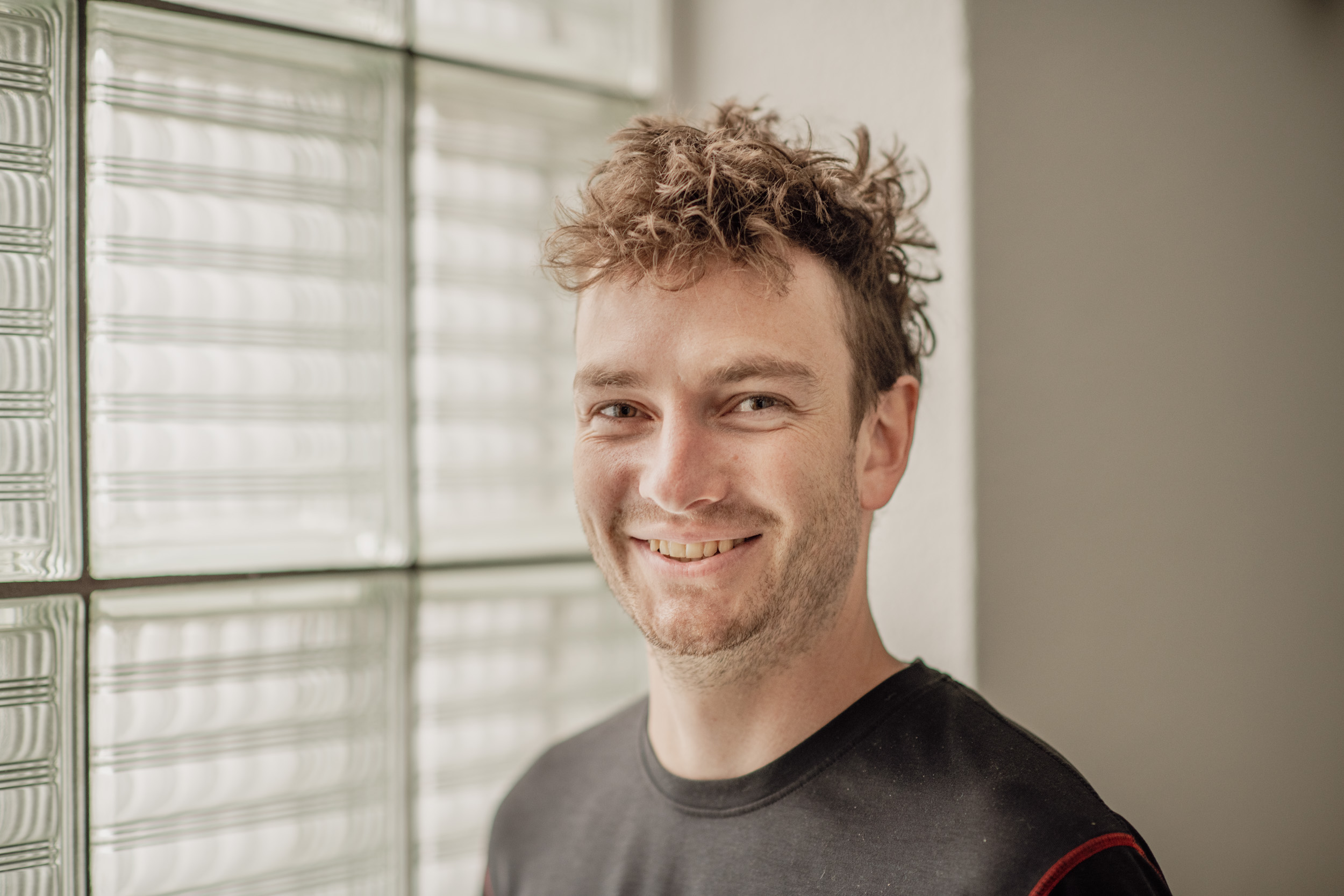
curious, intuitive and witty, prefers mayonnaise to ketchup
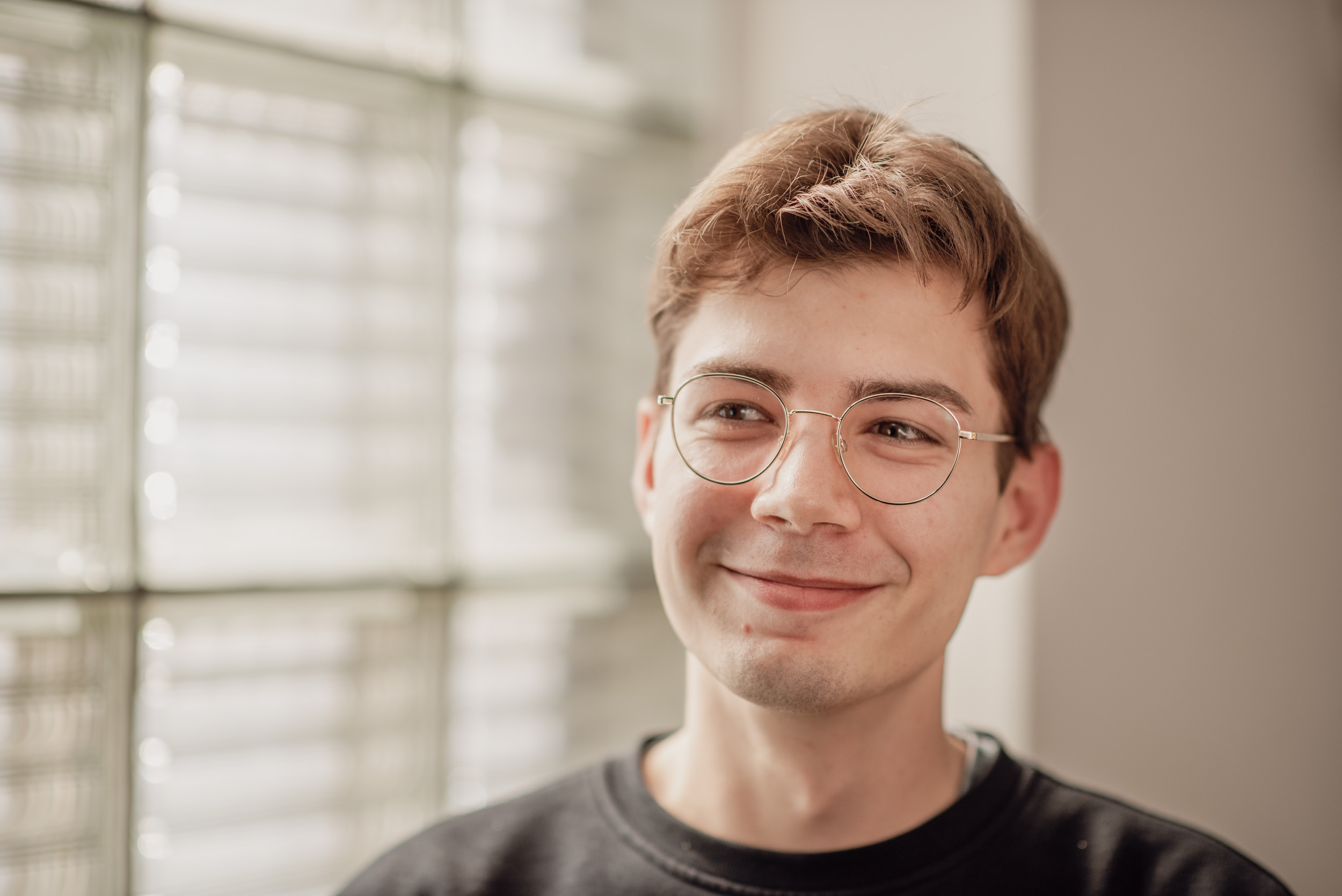
he'll just fix it
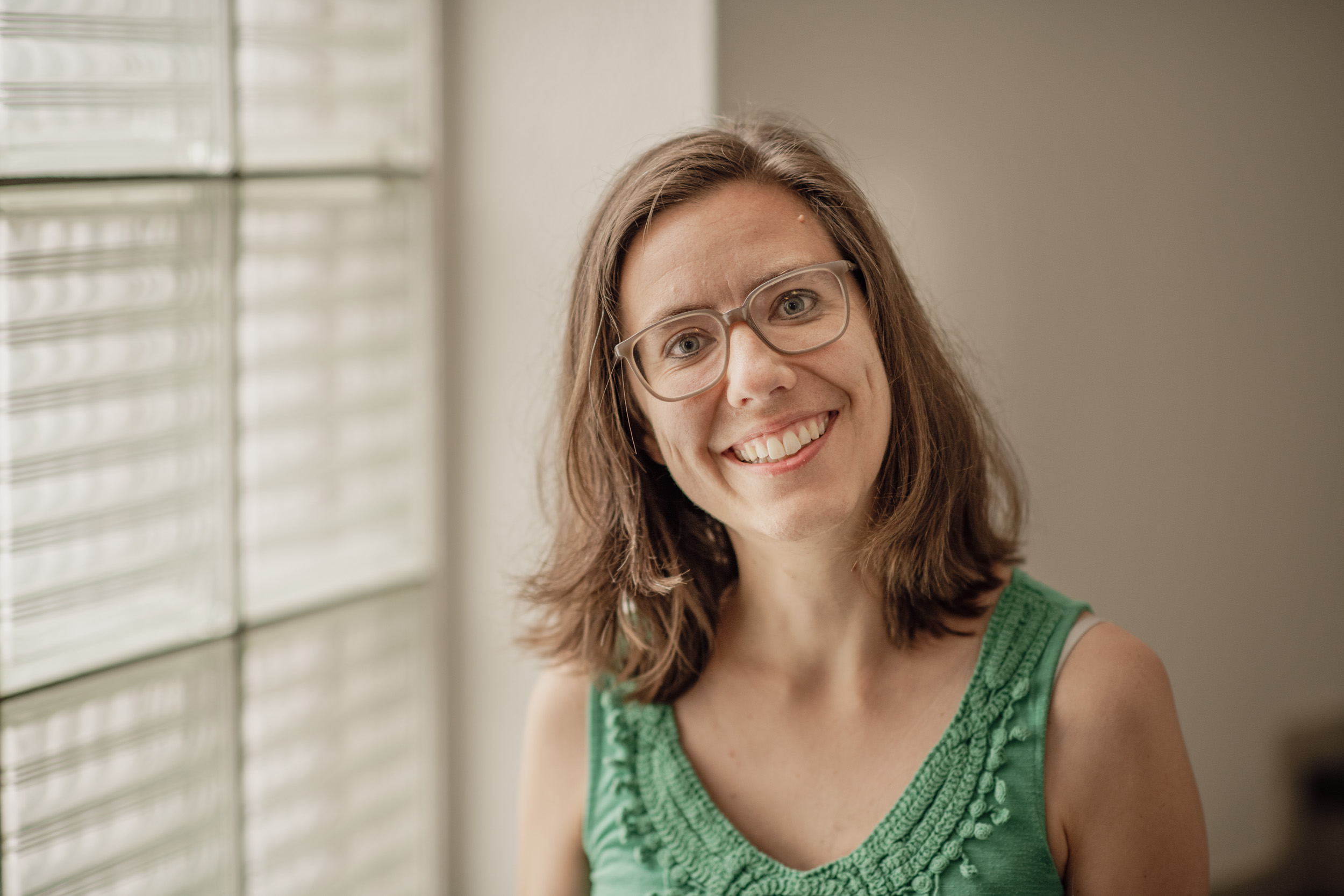
she'll eat you with a smile

straight-out honest and interdisciplinary technical mastermind
Christian founded two schools in Switzerland (ffakustik.ch, ffton.ch) and is the chief expert for the profession of event technicians. He has been a member of the AES (Audio Engineering Society) for years.
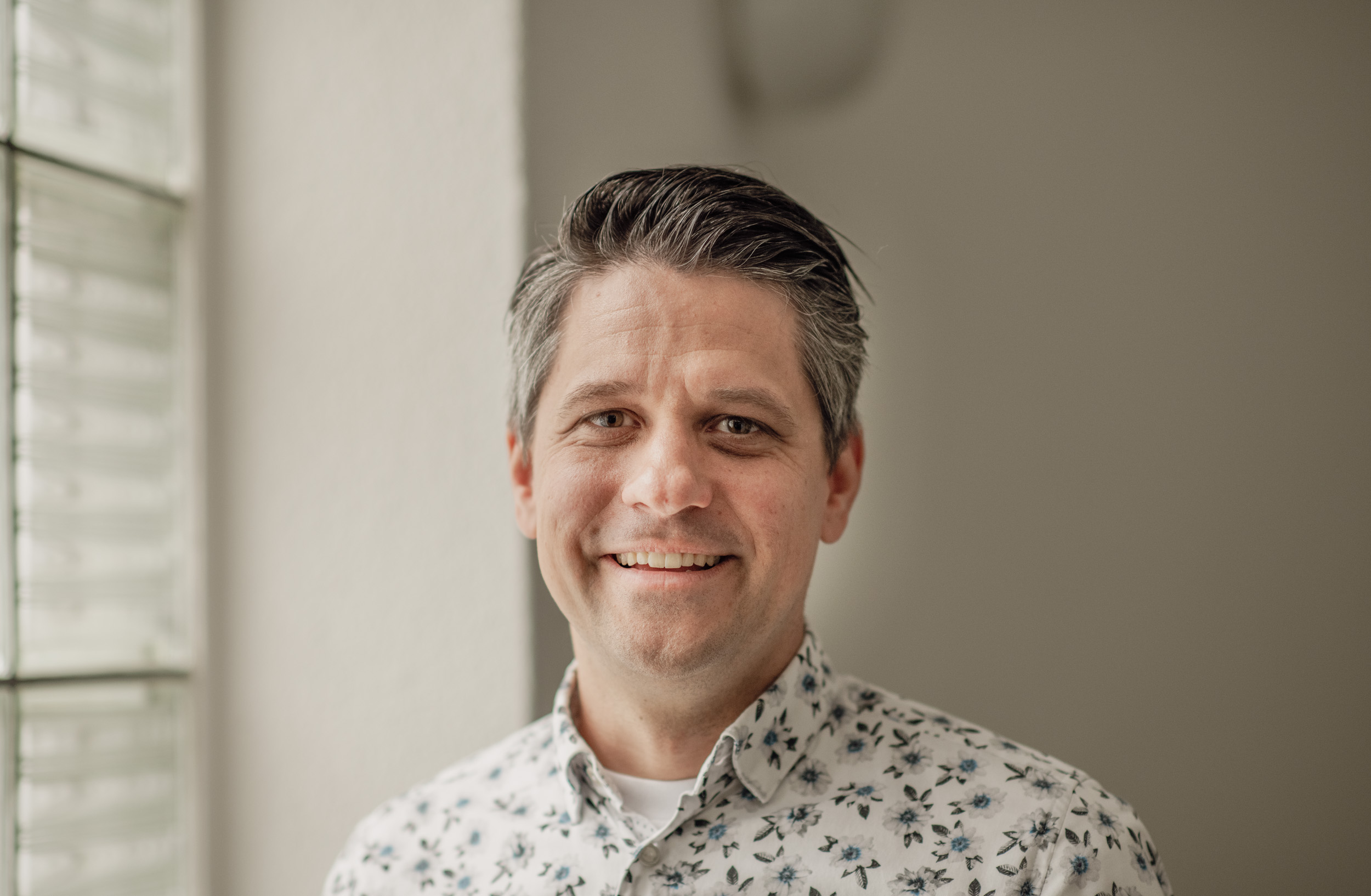
aviation loving tech nerd driving business
Philippe has an extensive background in aviation and co-invented a patent for active noise control in aircraft as well as in-ear vital sign sensing.
